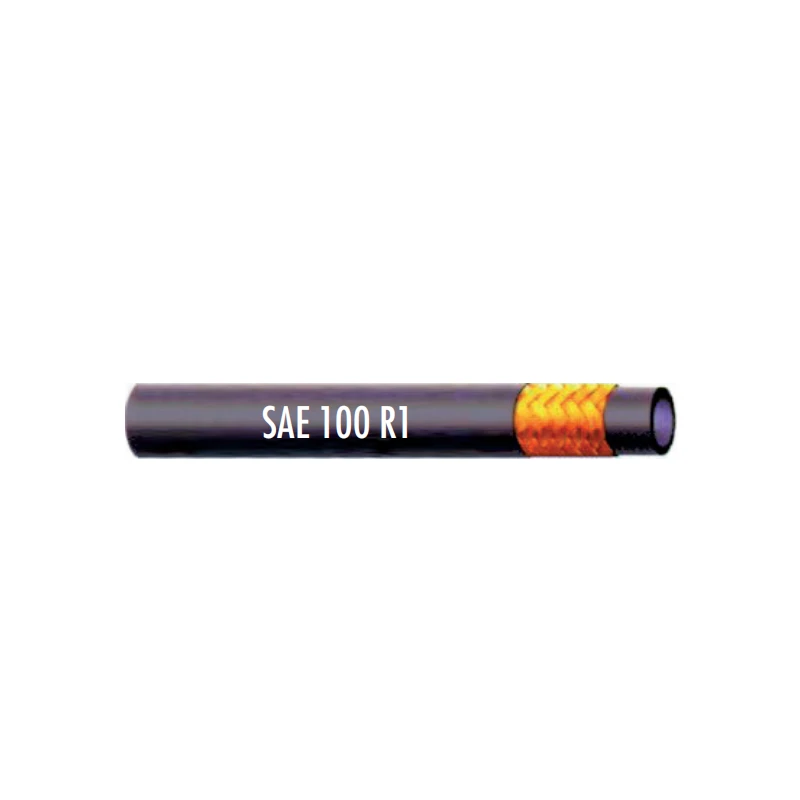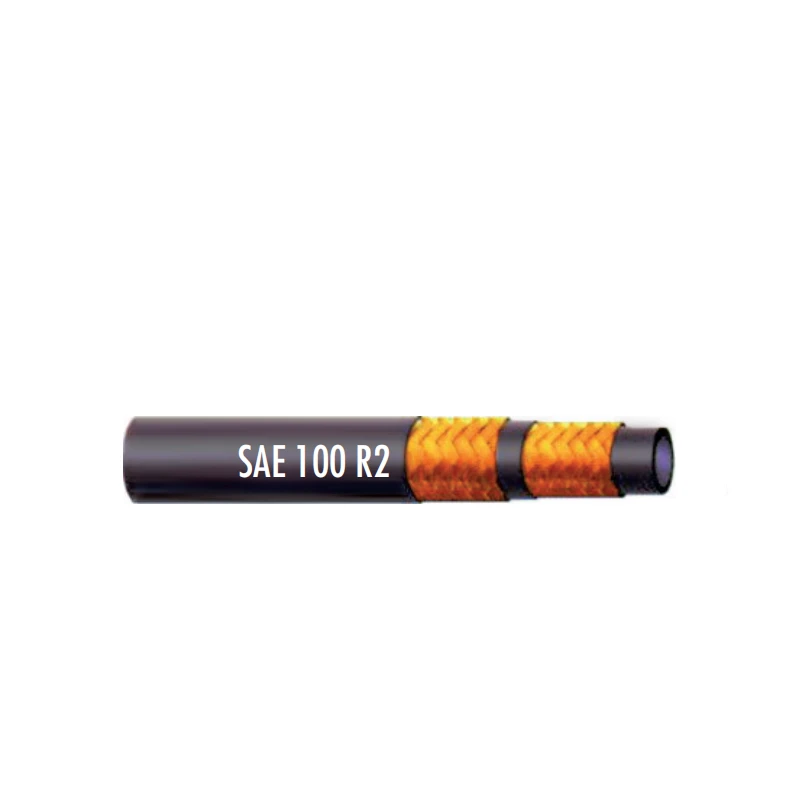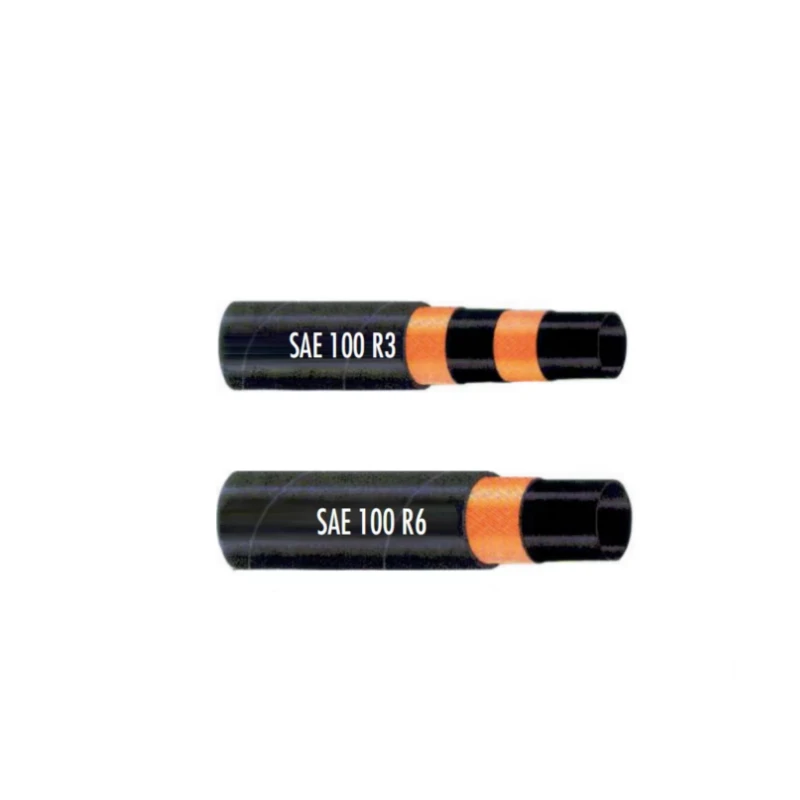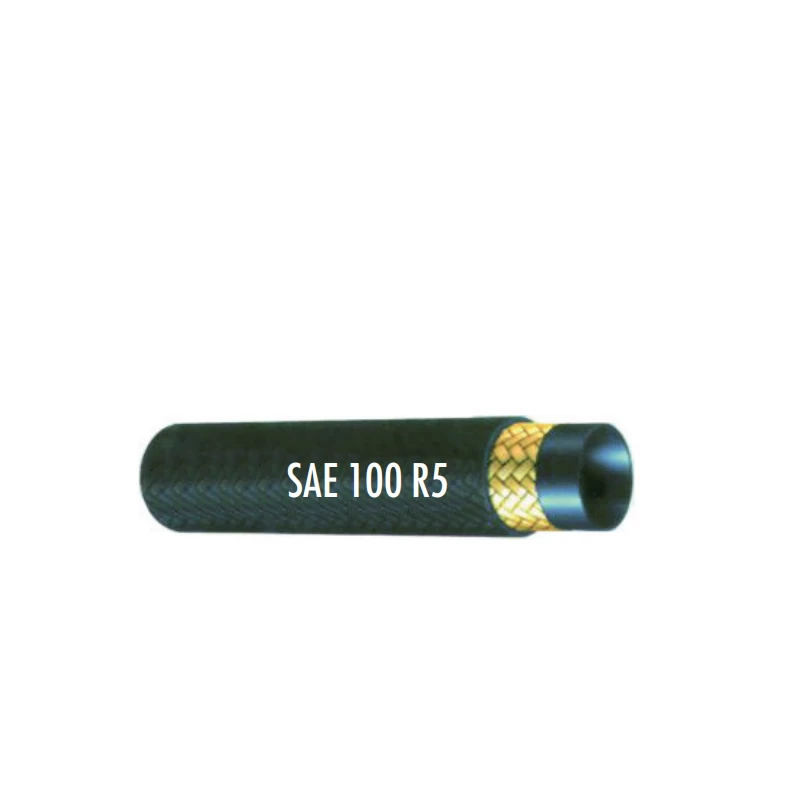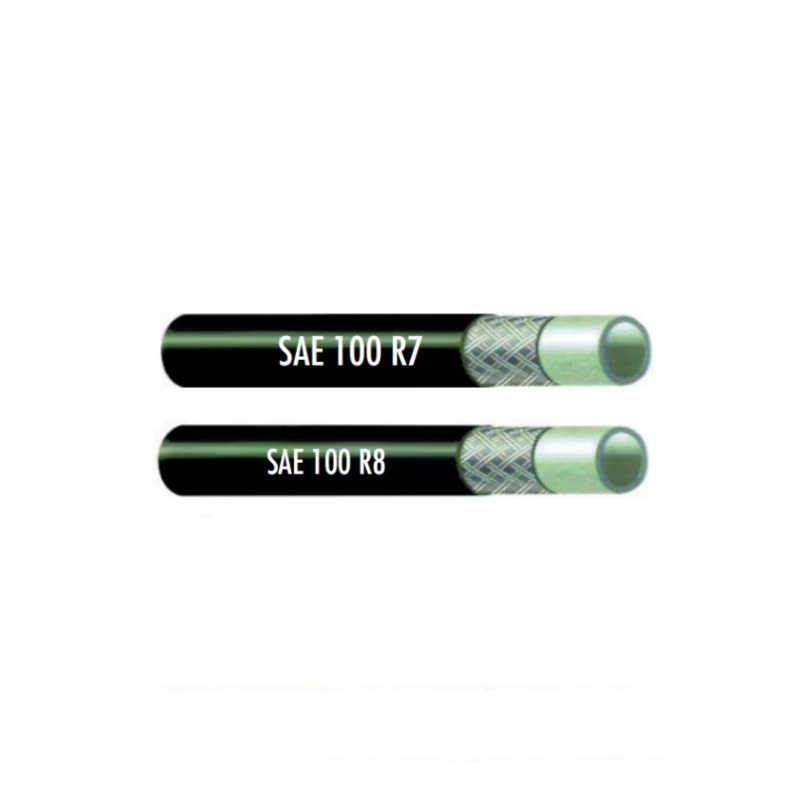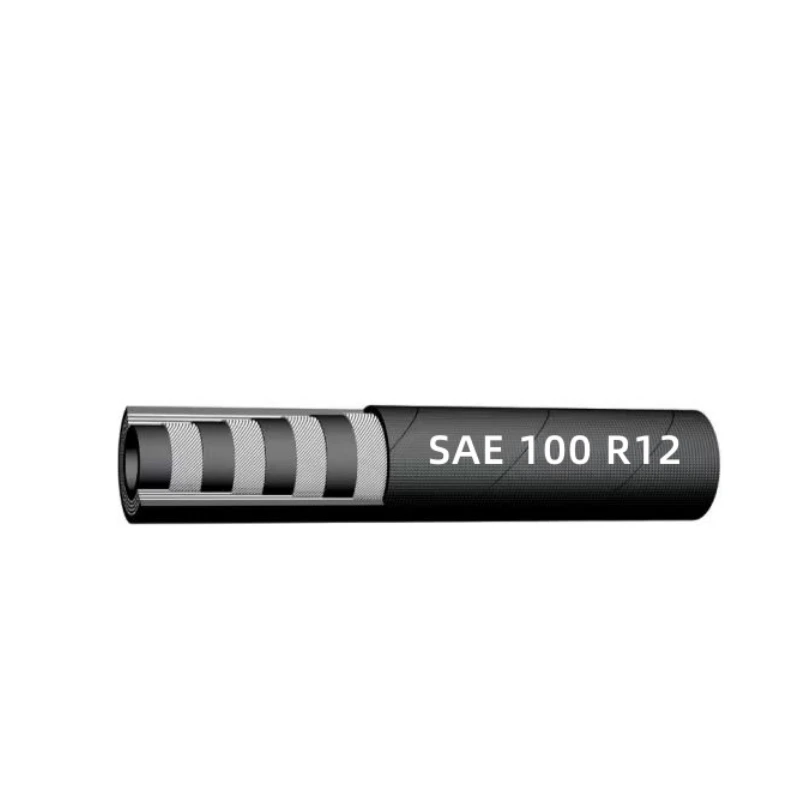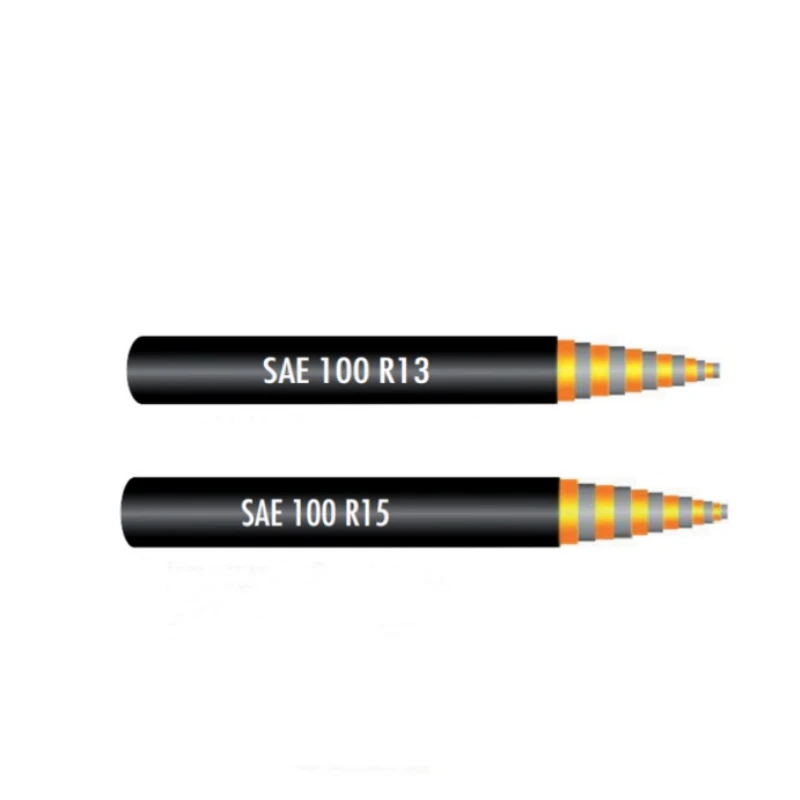
- Afrikaans
- Albanian
- Amharic
- Arabic
- Armenian
- Azerbaijani
- Basque
- Belarusian
- Bengali
- Bosnian
- Bulgarian
- Catalan
- Cebuano
- Corsican
- Croatian
- Czech
- Danish
- Dutch
- English
- Esperanto
- Estonian
- Finnish
- French
- Frisian
- Galician
- Georgian
- German
- Greek
- Gujarati
- haitian_creole
- hausa
- hawaiian
- Hebrew
- Hindi
- Miao
- Hungarian
- Icelandic
- igbo
- Indonesian
- irish
- Italian
- Japanese
- Javanese
- Kannada
- kazakh
- Khmer
- Rwandese
- Korean
- Kurdish
- Kyrgyz
- Lao
- Latin
- Latvian
- Lithuanian
- Luxembourgish
- Macedonian
- Malgashi
- Malay
- Malayalam
- Maltese
- Maori
- Marathi
- Mongolian
- Myanmar
- Nepali
- Norwegian
- Norwegian
- Occitan
- Pashto
- Persian
- Polish
- Portuguese
- Punjabi
- Romanian
- Russian
- Samoan
- scottish-gaelic
- Serbian
- Sesotho
- Shona
- Sindhi
- Sinhala
- Slovak
- Slovenian
- Somali
- Spanish
- Sundanese
- Swahili
- Swedish
- Tagalog
- Tajik
- Tamil
- Tatar
- Telugu
- Thai
- Turkish
- Turkmen
- Ukrainian
- Urdu
- Uighur
- Uzbek
- Vietnamese
- Welsh
- Bantu
- Yiddish
- Yoruba
- Zulu

Aug . 07, 2025 11:13 Back to list
Pressure Capacity Specifications for Industrial Flex Hose
In today's demanding industrial environments, understanding pressure capacity specifications for Industrial Flex Hose systems is critical for operational safety and efficiency. Unlike standard Automotive Ac Hose or Automotive Heater Hoses, industrial-grade hoses must withstand extreme pressure fluctuations, aggressive media, and punishing physical conditions while maintaining reliable performance. This comprehensive guide examines the engineering principles, material innovations, and application considerations that define modern high-pressure hose technology. We'll explore how leading manufacturers like Guangrao Juyuan Rubber And Plastic Co., Ltd. are pushing the boundaries of pressure performance through advanced materials science and precision manufacturing techniques. From fundamental pressure dynamics to cutting-edge reinforcement technologies, this article provides technical professionals with the knowledge needed to select, install, and maintain industrial hose systems that deliver optimal pressure containment across diverse operating conditions.
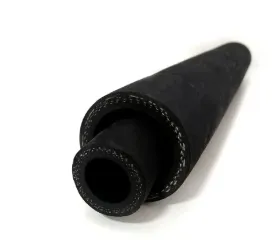
Understanding Pressure Dynamics in Industrial Flex Hose Systems
The performance characteristics of Industrial Flex Hose under pressure conditions differ fundamentally from conventional Automotive Heater Hoses due to more extreme operating parameters. Industrial applications routinely subject hoses to rapid pressure cycling, intense pulsation effects, and variable flow regimes that would quickly degrade standard tubing. Modern high-pressure hose designs employ sophisticated reinforcement architectures combining multiple textile and steel wire layers to create exceptional dimensional stability under load. These constructions actively resist the destructive ballooning effect while maintaining flexibility across the working pressure range. Engineers must consider not just maximum pressure ratings but also how sustained operation at various pressure levels impacts long-term performance, including cumulative fatigue effects and material degradation patterns. The most advanced Industrial Flex Hose products now incorporate predictive pressure modeling during development, allowing manufacturers to optimize designs for specific duty cycles and failure mode prevention.
Material Innovations Enhancing Automotive AC Hose Performance
Contemporary Automotive Ac Hose technology has undergone revolutionary material advancements that dramatically improve pressure retention and environmental resistance. Where traditional rubber compounds struggled with refrigerant permeation and temperature-induced hardening, modern multilayer constructions utilize specialized barrier technologies that maintain system integrity under demanding conditions. These innovations include nano-composite inner liners that virtually eliminate refrigerant migration while exhibiting exceptional flexibility across extreme temperature ranges. The integration of hybrid polymer matrices with oriented synthetic reinforcement creates hoses that outperform conventional designs in vibration fatigue resistance by orders of magnitude. These material breakthroughs enable thinner wall profiles without compromising pressure capacity or durability - a critical advantage in today's space-constrained engine compartments. Furthermore, next-generation Automotive Ac Hose formulations meet increasingly stringent environmental regulations through reduced permeation rates and improved recyclability, without sacrificing the pressure performance required by modern high-efficiency AC systems operating at elevated pressures.
Comparative Analysis of Industrial and Automotive Hose Standards
The certification landscape for Industrial Flex Hose involves substantially more rigorous pressure testing protocols compared to those governing Automotive Heater Hoses, reflecting their vastly different operational realities. Industrial performance standards evaluate prolonged pressure endurance through accelerated aging tests that simulate years of service in weeks, closely examining material degradation patterns under sustained load. Impulse cycling tests subject samples to tens of thousands of pressure fluctuations, far exceeding typical automotive requirements. These demanding validation processes ensure industrial hoses can withstand the punishing conditions found in hydraulic systems, high-pressure processing, and heavy machinery applications. Understanding these differing standards is particularly crucial when evaluating potential cross-industry substitutions, as automotive-grade hoses lack the reinforced construction and material specifications needed for industrial pressure scenarios. The testing methodologies themselves continue to evolve, incorporating advanced sensors and machine learning algorithms that provide deeper insights into pressure-related failure mechanisms during product development.
Emerging Technologies in High-Pressure Industrial Flex Hose Manufacturing
The Industrial Flex Hose sector is undergoing a manufacturing revolution that is redefining pressure performance benchmarks across multiple industries. Computer-controlled extrusion processes now achieve unprecedented wall thickness consistency, while automated reinforcement placement systems ensure optimal strength distribution throughout the hose structure. Advanced curing technologies utilizing precise temperature profiles and pressure sequences create superior molecular bonding between layers, resulting in more durable pressure boundaries. Industry leaders like Guangrao Juyuan Rubber And Plastic Co., Ltd. are implementing smart manufacturing systems with real-time quality monitoring that detects potential weak points during production through advanced sensor arrays and machine vision inspection. These technological leaps are producing hoses with significantly improved pressure ratings, extended service lives, and more predictable performance characteristics - crucial advantages for industries where pressure system failures carry substantial safety and financial consequences. The integration of Industry 4.0 technologies is further enhancing quality control, allowing for complete traceability of materials and processes for each hose segment produced.
FAQS About Industrial Flex Hose Pressure Testing
What specialized equipment evaluates pressure limits in industrial flex hose?
Modern test facilities employ advanced hydraulic rigs that subject Industrial Flex Hose samples to precisely controlled pressure escalation while monitoring micro-level expansion patterns and structural responses. These sophisticated systems combine high-speed data acquisition with environmental conditioning to simulate real-world operating scenarios, including temperature extremes and dynamic pulsation conditions. The most advanced setups incorporate non-destructive testing methods like ultrasonic thickness monitoring and strain gauge arrays that provide continuous feedback throughout pressure cycling tests. This comprehensive evaluation approach identifies not just ultimate burst points but also subtle performance degradation patterns that predict long-term reliability under sustained pressure loads.
How do modern refrigerants affect automotive ac hose selection?
The transition to newer refrigerant formulations has necessitated significant advancements in Automotive Ac Hose materials to maintain pressure integrity and system efficiency. Contemporary hoses utilize specialized multi-layer constructions with barrier materials specifically engineered to resist chemical permeation from next-generation refrigerants while maintaining flexibility across extreme temperature ranges. These advanced designs typically incorporate impermeable inner liners bonded to reinforcement layers with enhanced chemical resistance, preventing the gradual pressure loss that plagued earlier hose technologies. Material compatibility extends beyond simple chemical resistance to include considerations of swelling characteristics, plasticizer migration, and long-term adhesion between layers - all critical factors in maintaining stable pressure performance throughout the vehicle's lifespan.
What early warning signs indicate potential automotive heater hose failures?
Several subtle indicators often precede catastrophic failures in Automotive Heater Hoses, with pressure-related deterioration manifesting in distinct ways. Visible micro-cracks near fitting interfaces, localized swelling or distortion patterns, and abnormal surface texture changes all signal impending pressure containment issues. Tactile inspections can reveal troubling hardening or softening in specific hose segments that may not yet be visually apparent. Coolant residue deposits at connection points frequently indicate microscopic breaches that will worsen under pressure cycling. Advanced inspection techniques like infrared thermography can identify abnormal temperature patterns along the hose length that suggest internal flow restrictions or weakening wall structures. Implementing regular, systematic inspection protocols that include both visual and tactile evaluation can detect these early warning signs before they develop into complete failures.
Why do some industrial flex hose designs incorporate multiple reinforcement layers?
High-performance Industrial Flex Hose utilizes sophisticated multi-layer reinforcement strategies to contain extreme pressures while maintaining operational flexibility. The most advanced designs combine spiral-wound high-tensile steel wire with oriented textile braids in specific geometric arrangements that counteract pressure forces from multiple directions simultaneously. This multi-axial reinforcement approach prevents radial expansion while allowing controlled axial movement - a critical balance for dynamic industrial applications. The layered construction also creates redundant pressure containment systems; should one reinforcement layer become compromised, subsequent layers maintain integrity until scheduled replacement. Modern manufacturing techniques precisely control the orientation and tension of each reinforcement layer during production, optimizing the hose's pressure response characteristics for specific application requirements. These engineered reinforcement systems far exceed the capabilities of single-layer designs, particularly in applications involving pressure surges or rapid cycling.
What unique considerations apply when routing automotive ac hose in modern vehicles?
The increasingly crowded engine compartments of contemporary vehicles present significant challenges for Automotive Ac Hose installation while maintaining pressure integrity. Designers must navigate complex three-dimensional spaces with millimeter precision, avoiding heat sources, moving components, and sharp edges that could compromise the hose under pressure. Modern solutions include pre-formed hose assemblies with engineered bend radii that maintain laminar refrigerant flow while fitting constrained spaces. Specialized mounting clips distribute mechanical loads evenly across supported spans, preventing localized stress concentrations that could lead to pressure-induced failures. Advanced routing software helps engineers visualize potential interference points and pressure drop considerations before physical installation. Particular attention must be paid to thermal expansion clearance, as the combination of pressure and temperature fluctuations can create significant dimensional changes in improperly routed hoses. These installation challenges have driven innovations in both hose materials and vehicle packaging strategies to ensure reliable pressure performance throughout the service life.
Latest News
Steel Wire Reinforced Hydraulic Hose SAE 100 R1 / EN853 1SN S
NewsOct.17,2024
Two Layers Steel Wire Reinforced Hydraulic Hose SAE 100 R2 / EN853 2SN
NewsSep.03,2024
Textile Braid Reinforced Hydraulic Hose SAE100 R3+R6
NewsSep.03,2024
Textile Reinforced Hydraulic oil Suction Hose with embedded Steel Wire SAE 100 R4
NewsSep.03,2024
Single Wire Braid and Textile Covered Hydraulic Hose SAE 100 R5
NewsSep.03,2024
High Pressure Thermoplastic Hydraulic Hose SAE 100 R7 / EN855 R7 - SAE 100 R8 / EN855 R8
NewsSep.03,2024
Heavy Duty Four-layer Steel Wire Spiral Reinforced Hydraulic Hose SAE100R9+R10+R12
NewsSep.03,2024
Heavy Duty Multi-layer Steel Wire Reinforced Hydraulic Hose SAE100R13 SAE100R15
NewsSep.03,2024
Latest Products
